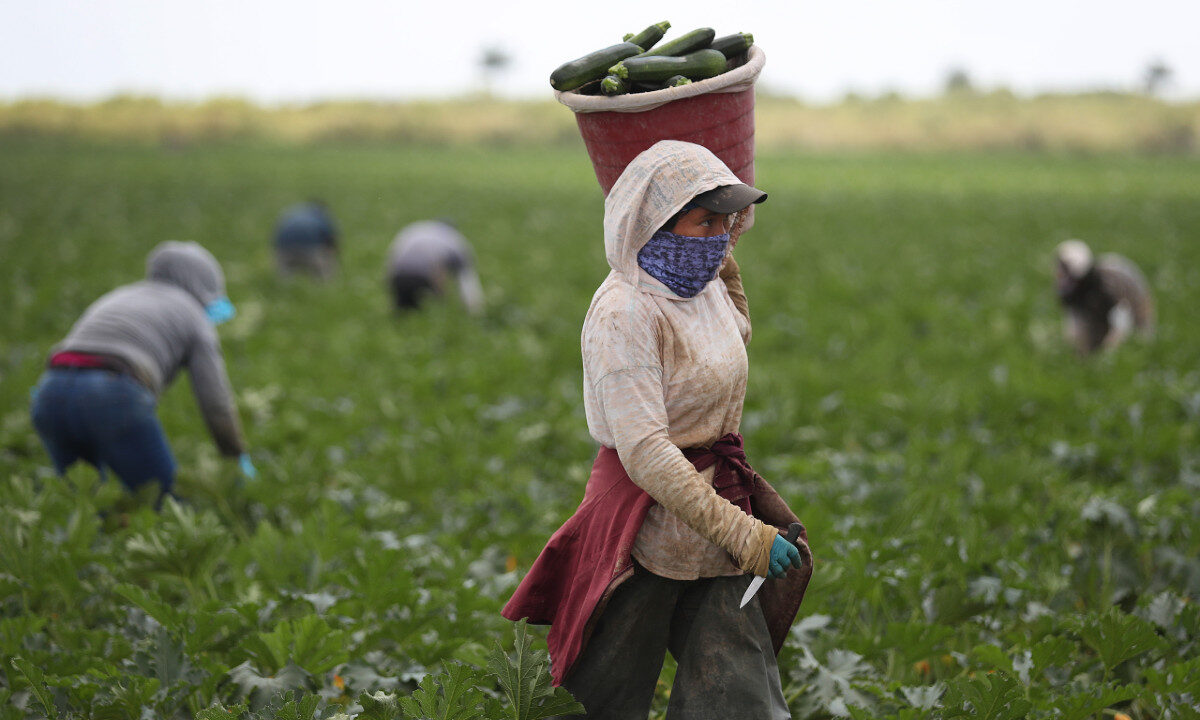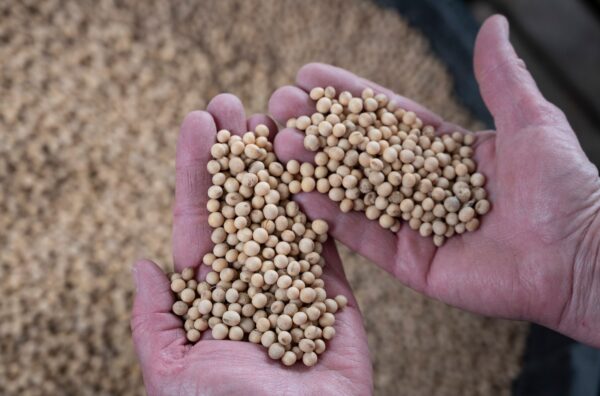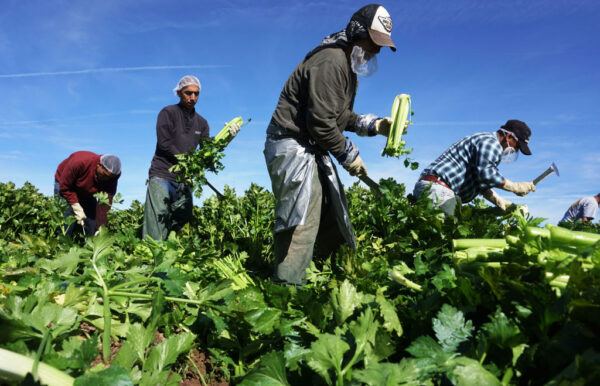


During a Feb. 1 Congressional hearing meant to address the 2023 Farm Bill, Sen. Michael Bennet (D-Colo.) put a spotlight on the labor crisis faced by American farmers.
In the session, Bennet called the protracted shortage of U.S. farm workers a “massive crisis.”
“If we don’t have the labor to get these crops in, we’re going to have a huge problem in this country,” Bennet told the assembly.
It’s an elephant in the room for U.S. farming and not a new one.
The 2023 Farm Bill addresses points that can help farmers, but in a peripheral way. The bill includes things like mandatory funding for rural economic development programs and farm operating loans, yet critics say doesn’t address the root of the problem.
There simply aren’t enough hands on deck to plant, harvest, and process America’s crops.
The Economic Research Department of the United States Department of Agriculture (USDA) has already predicted a lower crop yield for 2023. Consequently, the agency expects agricultural exports for the fiscal year 2023 to drop by $3.5 billion.
“This decrease is primarily driven by reductions in soybeans, cotton, and corn exports,” the agency stated in its report.
Moreover, some key U.S. agricultural exports, like soybeans, are finding increased competition in the international market from South American countries like Brazil and Argentina.
A reduced crop yield will also directly impact already inflated U.S. grocery prices.
The USDA predicts food prices will increase by 7.1 percent in 2023.
Combined with ongoing labor shortages and fast-approaching spring planting deadlines, the need for solutions has never been more timely.
“Labor is our top issue. We really cannot find folks that want to go through and do these jobs [farming],” Jay Bragg, associate director of commodities and regulatory affairs for the Texas Farm Bureau, told The Epoch Times.
Nearly half of U.S. farm labor comes from illegal immigrants. This makes the H-2A Temporary Agricultural Program visa a blessing for producers. However, it’s a sticking point among legislators.
At face value, the H-2A program allows farmers who meet specific qualifications to import seasonal, non-immigrant foreign workers to fill production gaps when American labor is unavailable.
While this helps fill short-term gaps, critics say it offers a foot in the door to foreigners with intentions of overstaying their temporary visas.
One study revealed 62 percent of illegal immigrants originally arrived with a valid U.S. visa.
During a 2022 interview, American Farm Bureau Federation economist, Veronica Nigh, said it’s difficult to get workers out to farms for long hours, often in extreme weather, to do the very physical work agricultural life demands.
Nigh added the farm labor shortage is creating a domino effect.
“In the past, it was maybe more of a production Ag [Agriculture] problem. You know, on the farm, but over time, it’s gotten worse and spread throughout the supply chain.”
In December 2022, Bennet introduced the Affordable and Secure Food Act of 2022. If passed, it would revise the H-2A visa program to allow employers to request year-round work for some imported workers.
It would also freeze farm labor wages in 2023 in an attempt to stem rising costs.
“There are disagreements on every side of this issue. It is inarguable that passing this legislation will be better for American agriculture than not passing this legislation,” Bennet said.
Applicants for the H-2A visa program have soared in recent years. For perspective, the Department of Labor certified nearly 317,000 seasonal jobs in the fiscal year 2021. This is more than six times the number certified in 2005.
Bragg says many producers lean heavily on the H-2A program due to a lack of options.
“Folks use it because that’s all there is.”
Bragg also said there was a big push before the end of last year’s harvest to reform and improve H-2A. “It is not a perfect program … the Farm Bureau certainly is wanting to see some change,” he said.
Further, he noted his organization didn’t approve the initial reform proposal last year.
“The legislation that was proposed wasn’t perfect and wasn’t exactly what we wanted. So the Farm Bureau didn’t endorse it. A lot of other Ag groups did [but] ultimately, we need something that’s not as cost prohibitive.”


